Speaker
Description
PIC (Port d'Informació Científica) is a Data Center based in Barcelona managed and funded by a public consortium of two spanish institutes CIEMAT and IFAE. It is mainly dedicated to support Tier-1 activities for the WLCG experiments. Other activities in disciplines like Cosmology groups in EUCLID mission, PAUs Survey or the Gamma-ray astronomy supporting the MAGIC Data Center since 2009 and more recently CTA activities to operate and support the CTA Large Size Telescopes and the CTA-Observatory computing infrastructures.
In the context of the ESCAPE H2020 project, PIC has been involved in the work package 2 to test and deploy solutions to build a Data Lake prototype for this European ESFRIs collaboration such as WLCG, CTA, SKA, Km3Net or Jive among others. Our main contributions were focussed to develop solutions for CTA use cases for long haul data transfers from the observatory to the off-sites data centers using RUCIO. Additionally in collaboration with In2P3 we implemented an integration of RUCIO and DIRAC.
We have developed a dedicated infrastructure for test and production purposes deployed on a Kubernetes platform taking advantage of the CI/CD pipelines, designed for gitlab. This has been applied in the context of MAGIC and CTA taking into account the needs, the data volumes, the data organization of each project separately.
The results and the learning process have been very successful. From one side, we completed a full development of a new version of the MAGIC Data Transfer system based on RUCIO, including the dedicated infrastructure, the client scripts, the monitoring dashboard or the users interface to provide high level information of the data transfer system. On the other hand, we have successfully fulfilled CTA requirements to implement data transfers from the on-site computing facilities to the off-site data centers, implementing rules for data replication and a detailed monitoring of the transfers.
This contribution aims to expose the work we did in the context of the ESCAPE project, the obtained results, and the outcomes to a post-ESCAPE escenario where we can expand the usage of RUCIO to a multi-project environment.
